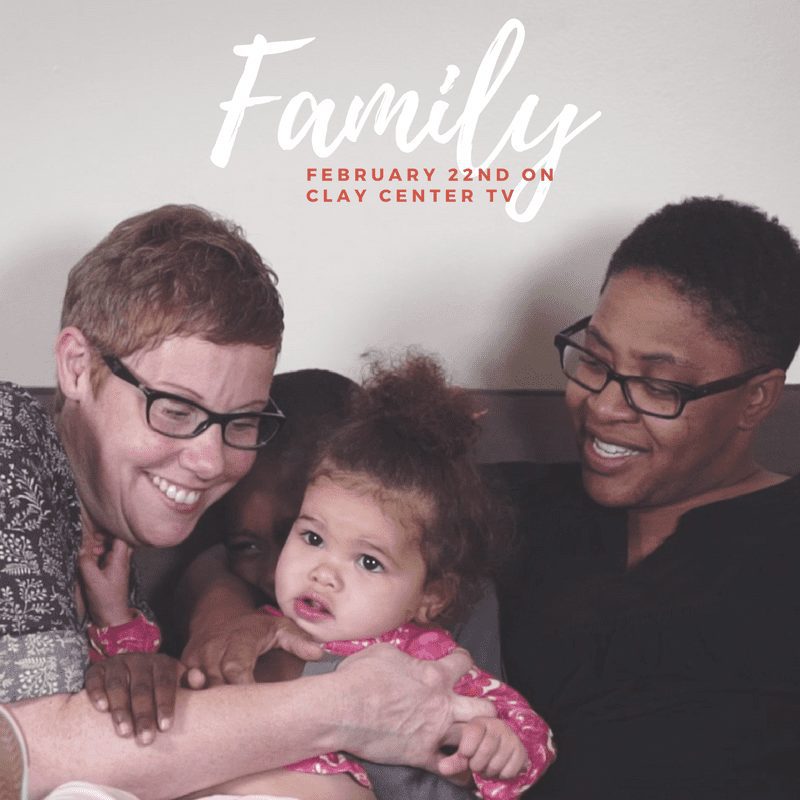Today’s “Brady Bunch”

Posted in: Parenting Concerns
Topics: Hot Topics
If you’re old enough to have watched The Brady Bunch as a kid—or have seen re-runs more recently—you know that this was not a reality show about a blended family. Not only does Mrs. Brady have a full-time maid (Alice) despite being a stay-at-home mom, but the biggest stressors in the household consisted of dealing with Peter’s voice changing, Jan getting braces and Tiger the dog running away—to the next-door neighbor’s house. Though I will say that the episode in which Marcia broke her nose allowed for some sibling conflict (her stepbrothers hit her in the face accidentally with a football), this popular show did not generally portray the typical issues that arise for a blended family.
Modern day step-families usually result from divorce, and unlike Mr. and Mrs. Brady, that means dealing with ex-partners, shared custody, financial disputes and all the stress that comes along with each. And, while The Brady Bunch consisted of six children between the ages of 5 and 14 suddenly becoming stepsiblings, the show minimized the typical issues that arise from this transition. Ideally, everybody gets along, and the new partners in parenting share similar values and approaches to raising kids. Realistically, however, there are almost always challenges facing a blended family, especially given the many changes and adjustments required.
In comparison to the day-to-day demands for a traditional family, the blended version has a lot more on its plate. There is the added amount of chores and errands, but more notably, there is a house full of people sort of thrown together to make a ‘family’—an identity that takes a lot of time, energy and patience. Given the cultural emphasis on family during the holidays especially, members of a blended family may find that they have mixed feelings about this time of year—despite all the seasonal advertisements and store decorations attempting to convince them that they should feel nothing but joy and peace.
Regardless of your parental status, most of us in the ‘parent’ role will agree that the holiday season tends to add some stress to our lives. As someone who has worked with blended families while also being a member of two such clans—I am both a stepdaughter and a stepmother—it seems that I might be able to share some insights and lessons learned in hopes of making the next few weeks more pleasurable for fellow BFPs (‘Blended Family Parents’).
- Honor family traditions—and create new ones. In many cases, stepfamilies consist of children old enough to remember their ‘first family’ customs and holiday traditions. For my blended family, this means eating two Thanksgiving dinners (one at noon and another at 4pm); lighting the menorah and opening one gift each day for eight days in celebration of Hanukkah; and hiking into the woods to cut down a Christmas tree, thereby officially kicking off the three-week wait for Santa. As you might imagine, the added number of presents stemming from the combined holidays and the addition of step-grandparents, aunts and uncles makes for some very happy children in our house this time of year (not to mention some very broke parents). My stepsons have enjoyed teaching their stepsiblings the evening prayer recited with each candle lit, and they seem to enjoy decorating the tree and eating Christmas cookies. Together, our family is starting to form our own traditions, while also maintaining those previous ones to offer a sense of consistency and continuity to our lives.
- Work toward world peace. Depending on the relationship with ex-partners, managing the holiday visits and extended family obligations can be a challenge. Without fail, it seems that there are always conflicts in scheduling, as well as differing expectations for where and when the kids will be with each parent/family. Hopefully, you are able to establish a fair arrangement, where, for example, one parent has the children for Thanksgiving, while the other has them for Christmas Day or New Year’s—and vice versa the next year. For the kids’ sake, keeping a routine and minimizing the transitions between households—whether during the holidays or any other time of year—is always ideal, but perhaps the most important thing is to refrain from negative comments or spiteful behavior toward your ex. Emotions run high this time of year for many reasons, but finding healthy outlets for your feelings is key in order for you to make necessary compromises and remain flexible without undue anger and stress. If you find that you are unable to work things out with your ex-partner, there are resources through Family Court or private mediators to assist you.
- Know your place. Separation or divorce is the most common precursor for blended families, but in some situations, one or both stepparents have been widowed. When there is a physical absence of a primary mother or father, the stepparent may find it hard to refrain from stepping in as Mom or Dad for the stepchildren. If you or your partner are in this situation, it’s generally recommended that you both clearly communicate to the kids that the stepparent is there to love and support them, but understands that there is no replacing Mom or Dad. It’s also suggested that you share memories, stories and photos of the parent who has passed away as a means of remembering and showing respect. This also reminds everyone that the stepparent is not a substitute, but rather, an assistant parent for those children. Research has shown that step-parents who think of themselves as more of an aunt or uncle to their stepchildren tend to feel the most satisfied in their role, and have a better chance of developing a positive relationship with the kids.
- Make a list and check it twice. Brothers and sisters are known to be vigilant about parental differences when it comes to the amount of time and attention given to each kid. In other words, they’re watching you. Playing favorites is a losing game in ‘regular’ or blended families. If we’re honest with ourselves, parents will admit that some children are easier to love than others—but that means that we ourselves must be vigilant about showing our love for them equally in the measurable ways that kids notice: time spent with them, positive remarks about their behavior, hugs/physical affection and yes—amount and/or quality of gifts given on holidays and birthdays. So, I recommend literally making a list of everything purchased for each child in order to avoid the last minute, no-shopping-days-left crisis of realizing you have way more stuff for Johnny than you do for Susie. As a stepparent, pay very close attention to the quality of gifts for your own children versus those for your stepchildren, assuming the even greater focus on this among blended-family siblings. As such, you’ll want to “check the list twice” from a child’s perspective: while the sweater you bought for Alex cost more than the make-a-robot toy for Andrew, which gift is seen as “better” from a kid’s point of view? (Side note: clothes for boys under age 14 are typically not considered presents, so beware.)
Unless you’re a Mrs. Brady with an Alice, don’t spend your energy on spotless house and home-cooked meals every night—whether it’s the holiday season or a regular Tuesday in March. The presents don’t need to be big, expensive, or plentiful—just thoughtful and fair among the kids. You can’t—and shouldn’t—try to replace a lost parent, or be “Super Stepmom”; just spend time with all the kids as best you can, nurture the new relationships in your family (as well as the old) and try to enjoy this amazing adventure you’re on. Regardless of the holiday you celebrate, it’s always about gratitude, love and the people in your life—so take a deep breath, let go of the small stuff and remember that the present is truly the present.


 Share
Share Tweet
Tweet





